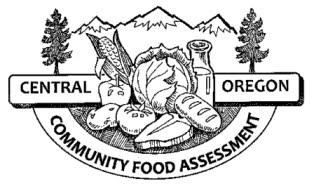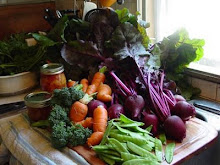
As part of the Food Assessment we'll be mapping out the food resources in our cities and towns from food pantries to farms to grocery stores.
We are looking to identify any place where a person can access food and WE NEED YOUR HELP!
These food maps will not only include the resources that are more visible like Thriftway and Safeway, but those that are harder to find like community gardens, school greenhouses and more.
The categories created for tagged locations include:
- Chain Grocery Store (Wal Mart, Rays, etc.)
- Local Grocery Store/Corner Market (Ex: Nature's Market or the Metolius Market)
- Fast Food (Burger King, etc.)
- Sit-Down Restaurant (Black Bear Diner, etc.)
- Emergency Food Site (Hot Meal Site, Food Pantry, etc.)
- Community Garden (Any single piece of land gardened by a group of people)
- Convenience Store (7-11, etc.)
- School Garden or Greenhouse
- Farm or Ranch
TO TAG A SITE ON THE MAPS:
http://www.communitywalk.com/
You must first log in to the site. Creating an account only takes a few seconds and requires very little information.
1. Click the link above.
2. Then click "Login" in the top right corner.
ONCE YOU ARE LOGGED IN:
The first time you do this you'll have to click the link for each county to get to the map. Then you'll be able to add them to "my maps."
1. Click the tab at the top that says "BUILD THIS MAP"
2. Click "Add Marker" next to "Tools:"
3. You can try the "Search" option and try to look up the site the same way you would on a search engine like Google.
4. If it does not come up under "Search" then you can add it by typing in the address under "by Address."
5. Once the site has been identified, choose the category that it falls into and click save.
6. CONGRATULATIONS! You've now helped us build our food systems map and better understand our food environment.
TIP:
If you are having trouble finding the site, try zooming into the specific town or area that it is located.
Questions or Comment:
Please let me know of any questions or comments you mights have about this process. This is a new tool we are trying, so any feedback is great!














